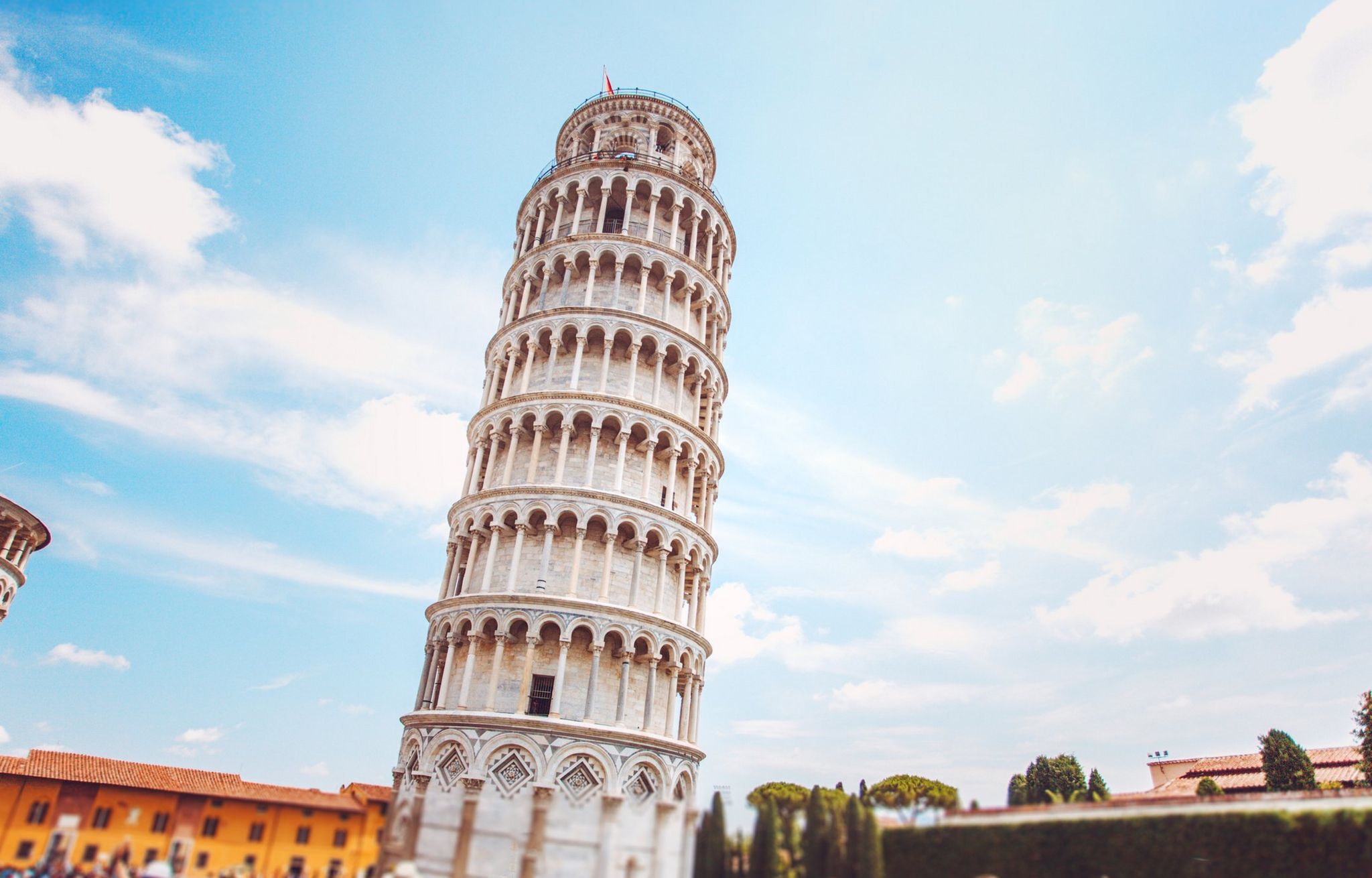
Why does the Leaning Tower of Pisa lean? The Leaning Tower of Pisa leans because its foundation was built on soft, unstable soil. This soil couldn't support the tower's weight, causing it to tilt over time. Construction began in 1173, and the tilt became noticeable as early as the third story. Efforts to correct the lean have been ongoing for centuries, with engineers using various methods to stabilize it. Despite these efforts, the tower still leans, making it one of the most famous architectural quirks in the world. This unique feature draws millions of visitors each year, eager to see the iconic tilt in person.
Why Does the Leaning Tower of Pisa Lean?
The Leaning Tower of Pisa is famous for its unintended tilt. But why does it lean? Here are some interesting facts about the tower's unique slant.
-
The tower leans because of the soft ground beneath it. The soil is a mix of sand, clay, and shells, which couldn't support the tower's weight.
-
Construction began in 1173, and the tilt started during the building of the second floor. Workers noticed the lean but continued building anyway.
-
Engineers have tried to fix the tilt many times. In the 1990s, they removed soil from under the higher side to reduce the lean. This helped stabilize the tower.
How Tall is the Leaning Tower of Pisa?
The height of the Leaning Tower of Pisa is another fascinating aspect. Let's explore some facts about its height.
-
The tower stands about 56 meters (183 feet) tall on the higher side and 57 meters (186 feet) on the lower side due to the tilt.
-
It has eight stories, including the chamber for the seven bells. Each bell is tuned to a musical note.
-
The tower weighs around 14,500 metric tons. Despite its weight, the soft ground causes it to lean.
What is the History of the Leaning Tower of Pisa?
The history of the Leaning Tower of Pisa is rich and intriguing. Here are some key historical facts.
-
Construction took 199 years, from 1173 to 1372. Wars and financial problems caused many delays.
-
The tower is part of the Pisa Cathedral complex, which includes the cathedral, baptistery, and cemetery.
-
Galileo Galilei, the famous scientist, is said to have conducted experiments by dropping objects from the tower to study gravity.
What Makes the Leaning Tower of Pisa Unique?
The Leaning Tower of Pisa has many unique features that set it apart. Let's look at some of these unique aspects.
-
The tower's design includes a spiral staircase with 294 steps. Visitors can climb to the top for a stunning view of Pisa.
-
The tower's exterior is made of white and gray marble. The intricate carvings and arches add to its beauty.
-
Despite its tilt, the tower has survived several earthquakes. The soft soil that caused the lean also helped absorb the shockwaves, preventing collapse.
Fun Facts to Share
The Leaning Tower of Pisa isn't just a famous landmark; it's a treasure trove of cool facts. Built over 199 years, it started leaning during construction. The tilt, caused by soft ground, gives it that unique look. Galileo Galilei, the famous scientist, supposedly dropped objects from the tower to study gravity. The tower has survived four earthquakes, thanks to its flexible foundation.
Kids love hearing about the tower's seven bells, each playing a different note. It's also fun to know that the tower leans at about 3.97 degrees today, after restoration efforts. The Leaning Tower of Pisa is a symbol of human ingenuity and resilience. Next time you see a picture of it, you'll have some awesome facts to share with friends and family.
Was this page helpful?
Our commitment to delivering trustworthy and engaging content is at the heart of what we do. Each fact on our site is contributed by real users like you, bringing a wealth of diverse insights and information. To ensure the highest standards of accuracy and reliability, our dedicated editors meticulously review each submission. This process guarantees that the facts we share are not only fascinating but also credible. Trust in our commitment to quality and authenticity as you explore and learn with us.


